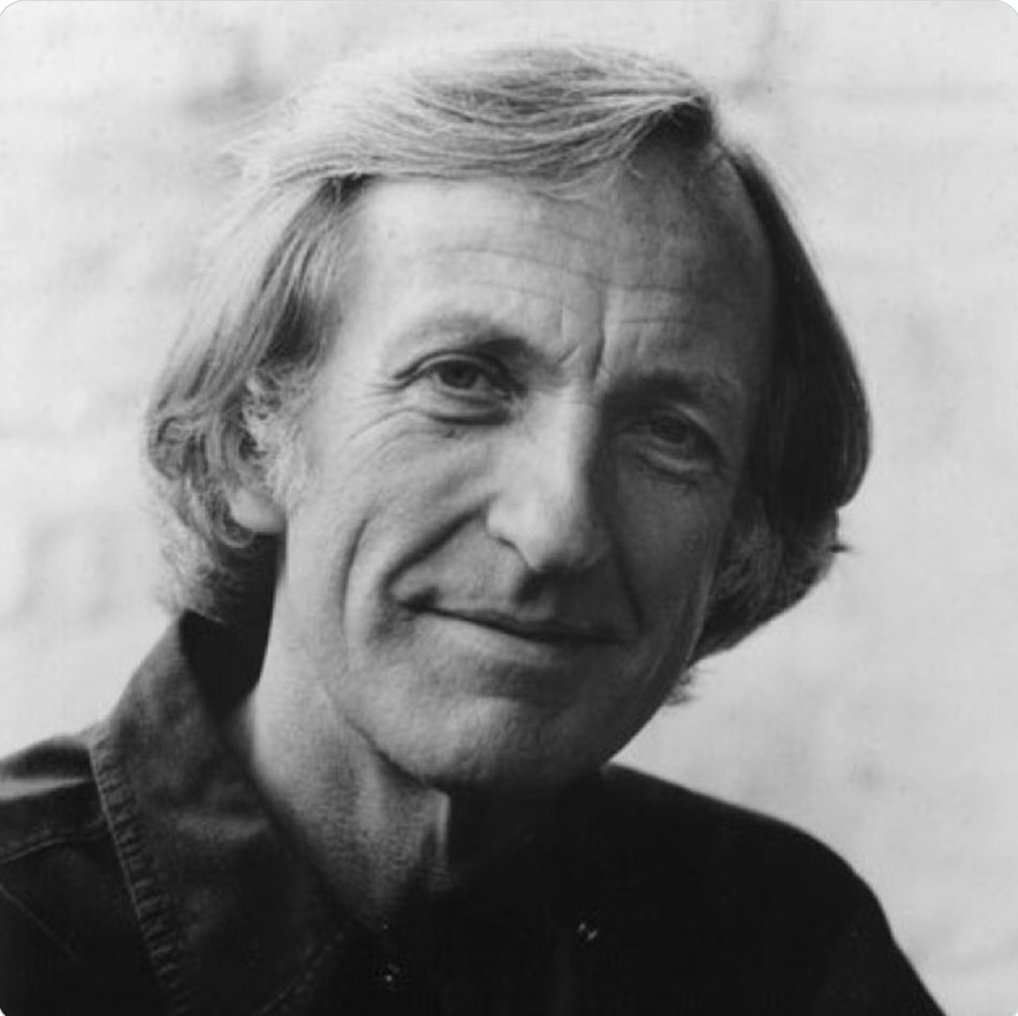At my hotel in Phnom Penh, the women and children sat on one side of the room, palais-style, the men on the other. It was a disco night and a lot of fun; then suddenly people walked to the windows and wept. The DJ had played a song by the much-loved Khmer singer Sin Sisamouth, who had been forced to dig his own grave and to sing the Khmer Rouge anthem before he was beaten to death. I experienced many such reminders in the years following Pol Pot’s fall.
There was another kind of reminder. In the village of Neak Long, a Mekong River town, I walked with a distraught man through a necklace of bomb craters. His entire family of 13 had been blown to pieces by an American B-52. That had happened almost two years before Pol Pot came to power in 1975. It is estimated more than 600,000 Cambodians were slaughtered that way.
The problem with the United Nations-backed trial of the remaining Khmer Rouge leaders, which has just begun in Phnom Penh, is that it is dealing only with the killers of Sin Sisamouth and not with the killers of the family in Neak Long, and not with their collaborators. There were three stages of Cambodia’s holocaust. Pol Pot’s genocide was but one of them, yet only it has a place in the official memory. It is highly unlikely Pot Pot would have come to power had President Richard Nixon and his national security adviser, Henry Kissinger, not attacked neutral Cambodia. In 1973, B-52s dropped more bombs on Cambodia’s populated heartland than were dropped on Japan during all of the Second World War: the equivalent of five Hiroshimas. Declassified files reveal that the CIA was in little doubt of the effect. “[The Khmer Rouge] are using damage caused by B-52 strikes as the main theme of their propaganda,” reported the director of operations on May 2, 1973. “This approach has resulted in the successful recruitment of a number of young men [and] has been effective with refugees.” Prior to the bombing, the Khmer Rouge had been a Maoist cult without a popular base. The bombing delivered a catalyst. What Nixon and Kissinger began, Pol Pot completed.
Kissinger will not be in the dock in Phnom Penh. He is advising President Obama on geo-politics. Neither will Margaret Thatcher, nor a number of her comfortably retired senior ministers and officials who, in secretly supporting the Khmer Rouge after the Vietnamese had expelled them, contributed directly to the third stage of Cambodia’s holocaust. In 1979, the US and British governments imposed a devastating embargo on stricken Cambodia because its liberators, Vietnam, had come from the wrong side of the Cold War. Few Foreign Office campaigns have been as cynical or as brutal. At the UN, the British demanded that the now defunct Pol Pot regime retain the “right” to represent its victims at the UN and voted with Pol Pot in the agencies of the UN, including the World Health Organization, thereby preventing it from working inside Cambodia.
To disguise this outrage, Britain, the U.S., and China, Pol Pot’s principal backer, invented a “non-communist” coalition in exile that was, in fact, dominated by the Khmer Rouge. In Thailand, the CIA and Defense Intelligence Agency formed direct links with the Khmer Rouge. In 1983, the Thatcher government sent the SAS to train the “coalition” in land-mine technology – in a country more seeded with mines than anywhere on earth except Afghanistan. “I confirm,” Thatcher wrote to opposition leader Neil Kinnock, “that there is no British government involvement of any kind in training, equipping, or cooperating with Khmer Rouge forces or those allied to them.” The lie was breathtaking. On June 25, 1991, the Major government was forced to admit to parliament that the SAS had been secretly training the “coalition.” Unless international justice is a farce, those who sided with Pol Pot’s mass murderers ought to be summoned to the court in Phnom Penh: at the very least their names read into infamy’s register.


